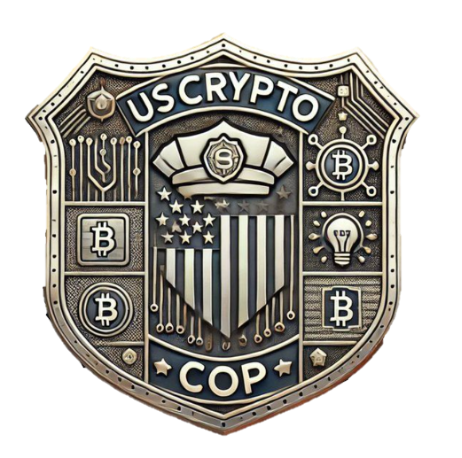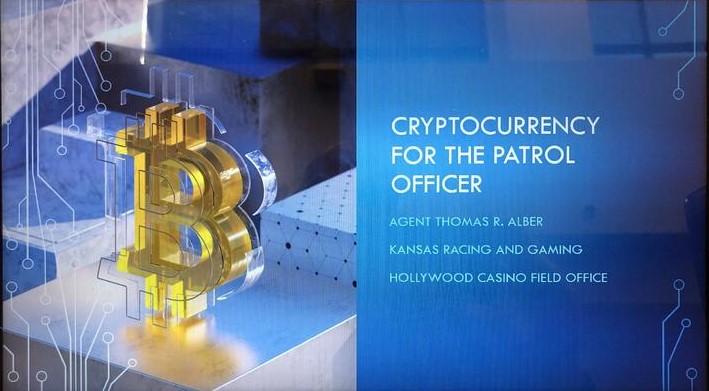What are NFTs?
NFTs, or Non-Fungible Tokens, are a type of digital asset that represent ownership or proof of authenticity of a unique item or piece of content, typically on a blockchain. Unlike cryptocurrencies such as Bitcoin or Ethereum, which are fungible and can be exchanged on a one-to-one basis, NFTs are unique and cannot be exchanged on a like-for-like basis.
How do NFTs work?
1. Creation: NFTs are created using blockchain technology, which provides a decentralized and secure way to verify ownership and authenticity. Artists, creators, or developers mint NFTs by encoding ownership information and metadata into a smart contract on a blockchain platform, such as Ethereum or Binance Smart Chain.
2. Ownership and Transferability: Once minted, NFTs can be bought, sold, or traded on various online marketplaces that support NFT transactions. Each NFT has a unique identifier, which is recorded on the blockchain and serves as proof of ownership. Ownership of an NFT can be transferred from one party to another through a digital wallet that supports the specific blockchain platform.
3. Metadata and Content: NFTs often include metadata that provides additional information about the asset, such as the creator, title, description, and any associated media files, such as images, videos, or audio. The actual content associated with an NFT can be hosted on centralized servers or decentralized storage networks, with the metadata pointing to its location.
4. Royalties and Smart Contracts: One notable feature of NFTs is the ability to embed smart contracts that govern the terms of ownership and distribution of royalties. Creators can program these contracts to automatically receive a percentage of future sales whenever their NFTs are traded on secondary markets. This feature allows artists to continue benefiting from the appreciation of their work even after the initial sale.
5. Interoperability and Standards: While Ethereum is currently the most popular blockchain platform for NFTs, other platforms and protocols, such as Flow, Tezos, and Polygon, also support NFT creation and trading. Additionally, there are emerging standards, such as ERC-721 and ERC-1155, which define common interfaces and conventions for NFTs, promoting interoperability across different platforms and ecosystems.
Use Cases of NFTs:
1. Digital Art: NFTs have gained significant attention in the art world, enabling artists to tokenize their digital artwork and sell it as unique collectibles. This has opened up new opportunities for artists to monetize their work and establish direct relationships with collectors, bypassing traditional galleries and intermediaries.
2. Collectibles and Gaming: NFTs are also being used in the gaming industry to create rare in-game items, virtual real estate, and unique characters that players can buy, sell, and trade. This introduces new dynamics of ownership and scarcity within virtual worlds, enhancing the gaming experience and fostering vibrant secondary markets.
3. Media and Entertainment: Musicians, filmmakers, and other content creators are exploring NFTs as a way to distribute and monetize their work in a digital landscape. NFTs can represent ownership rights to music albums, movie clips, virtual concert tickets, and other forms of digital media, providing creators with new revenue streams and direct engagement with their audience.
4. Real-world Assets: Beyond the digital realm, NFTs are being used to tokenize ownership of real-world assets, such as real estate properties, luxury goods, and intellectual property rights. By representing these assets as NFTs on a blockchain, ownership can be easily transferred, fractionalized, and traded, unlocking liquidity and democratizing access to investment opportunities.
Criticisms and Challenges:
Despite their growing popularity, NFTs have faced criticism and skepticism on several fronts:
1. Environmental Concerns: The energy-intensive process of minting and trading NFTs on blockchain networks, particularly Ethereum, has raised concerns about their environmental impact, contributing to carbon emissions and exacerbating climate change.
2. Speculation and Volatility: The rapid rise of NFT prices and speculation in the market has led to concerns about a potential bubble, with some critics questioning the long-term value and sustainability of NFT investments.
3. Copyright and Ownership: The decentralized nature of blockchain technology presents challenges in enforcing copyright and intellectual property rights, as NFTs can be created and traded without the consent of the original creators or rights holders.
4. Market Fragmentation and Standards: The proliferation of different blockchain platforms, standards, and marketplaces for NFTs has led to fragmentation and interoperability issues, hindering the growth and mainstream adoption of the technology.
NFTs represent a novel and disruptive innovation in the digital economy, offering new possibilities for creators, collectors, and investors to interact with and monetize digital assets. While they hold promise for democratizing access to ownership and creating new forms of value, NFTs also face challenges and criticisms that need to be addressed for their sustainable development and adoption. As the technology continues to evolve and mature, it will be fascinating to see how NFTs shape the future of digital commerce, culture, and society.

